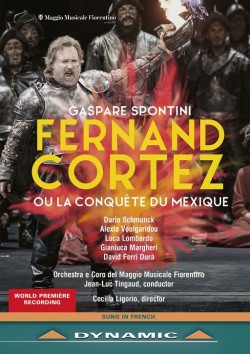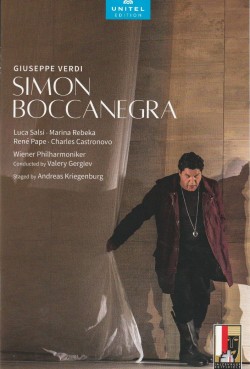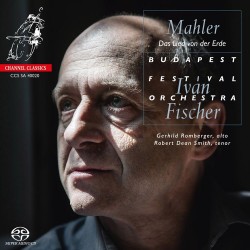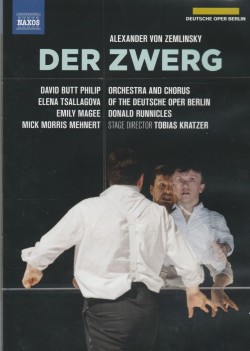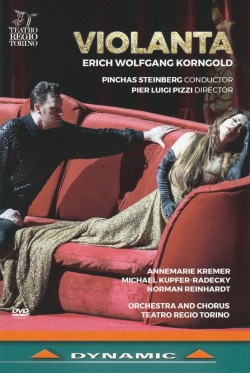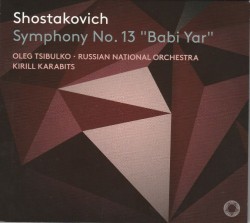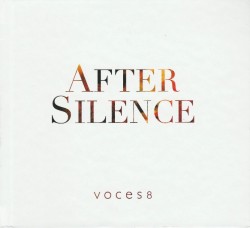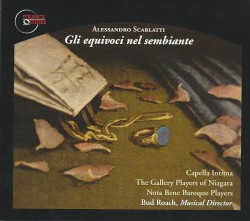Beethoven: Lieder; Songs - Matthias Goerne; Jan Lisiecki
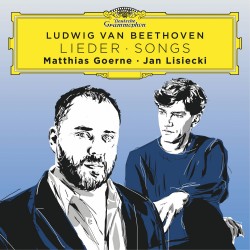 Beethoven – Lieder; Songs
Beethoven – Lieder; Songs
Matthias Goerne; Jan Lisiecki
Deutsche Grammophon 483835 (deutschegrammophon.com/en)
A new disc featuring baritone Matthias Goerne and pianist Jan Lisiecki is a heartily welcomed release in what has become a much-curtailed Beethoven anniversary year. This album showcases oft-neglected songs: music that is sometimes given a wide berth by performers opting for more standard cycles from the lieder repertoire. But unlikely corners of the repertoire require unlikely artistic partners as champions and this recital is a case in point for such declarations.
Goerne (b.1967) is, doubtless, one of the most considerate, insightful and committed lieder singers of his generation. He seems to veritably live and breathe this repertoire, always delivering an incredible depth of expression and narrative. Lisiecki (b.1995), while not especially known for his collaborative activities, brings a similar brand of devotion to his art, embracing – with equal measure – the composer whom he interprets, and the listener to whom he performs. This is the common ground between Goerne and Lisiecki and proves an ideal starting point for a wondrous creative match.
Character and conviction are paramount to the poetry and the expression thereof in these songs. Goerne commands every turn and surprise as the well-seasoned pro that he is. Lisiecki follows suit, offering his own arsenal of colours and tonal insights within some rather off-the-beaten-path piano parts. Lisiecki plays the supportive role, never overpowering nor taking the reins too willfully. It’s everything one could look for in a supportive musical partner. Thrilling results indeed, as “youth and experience unite.”


